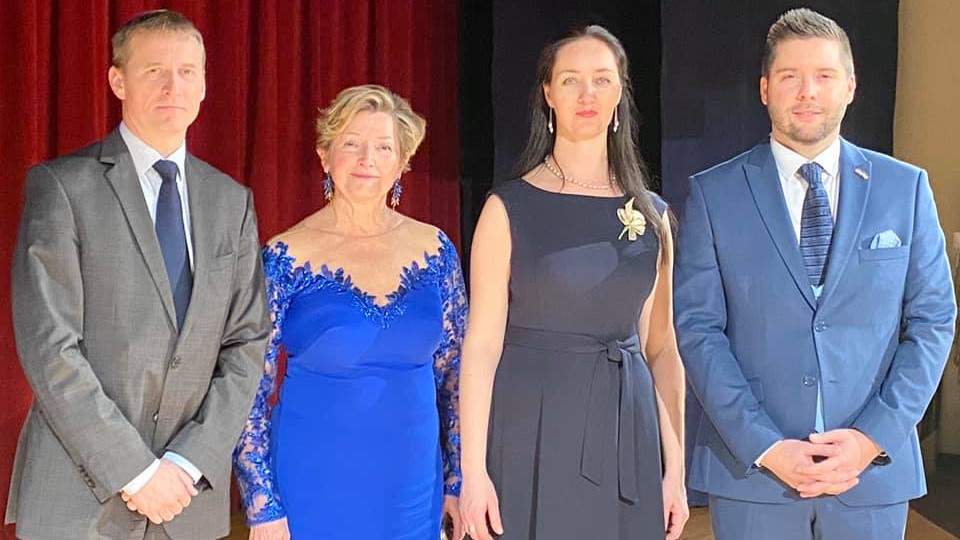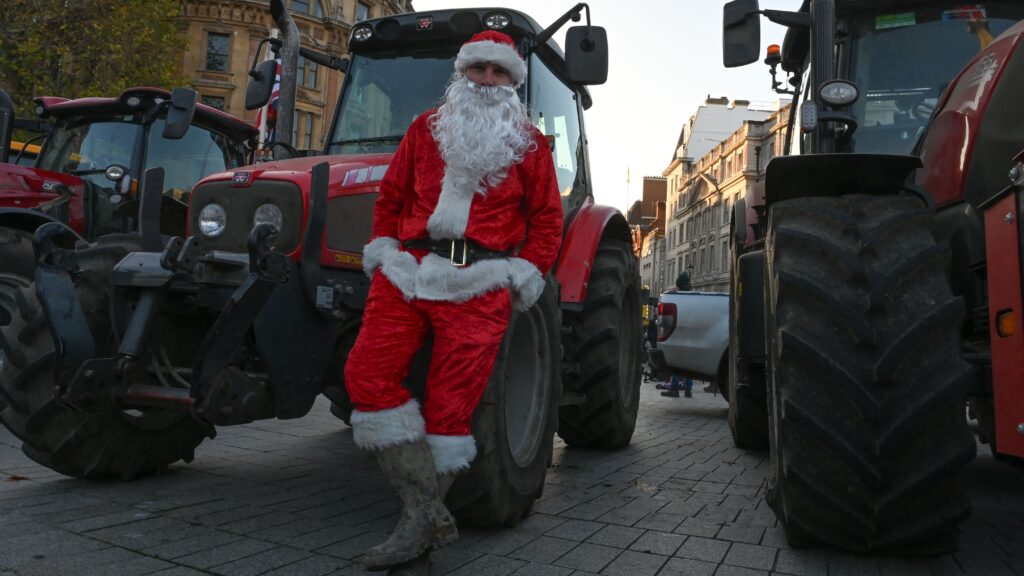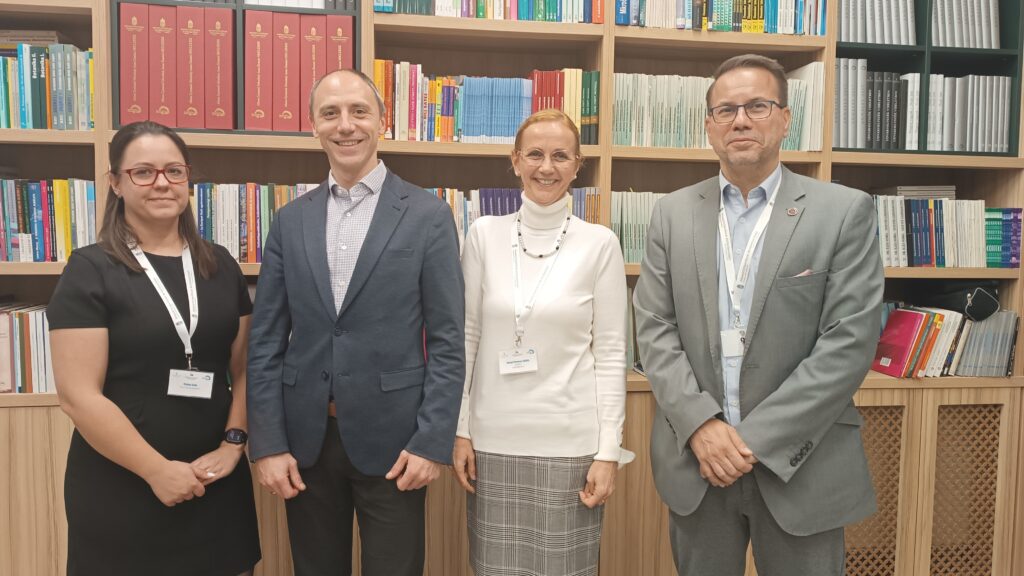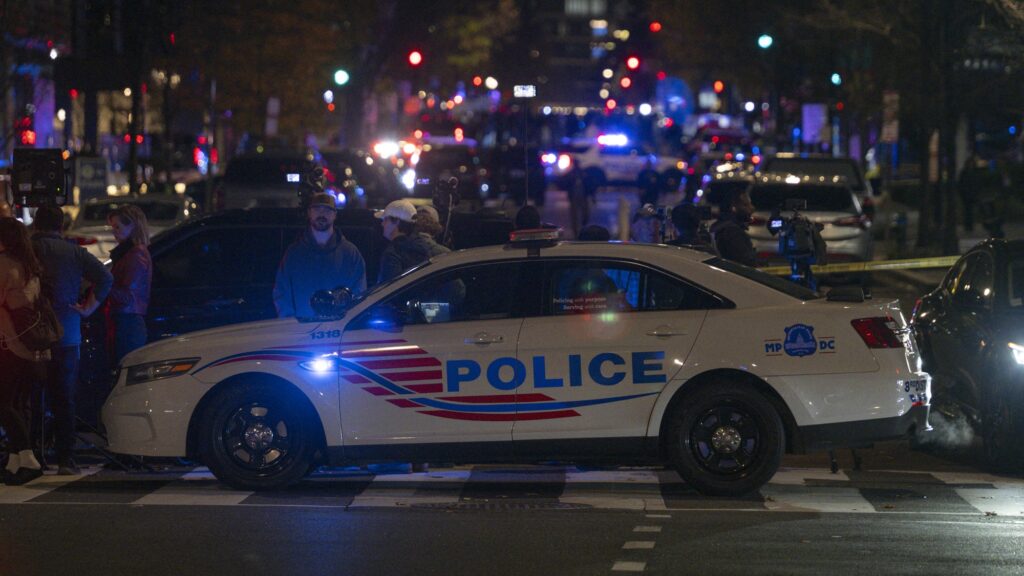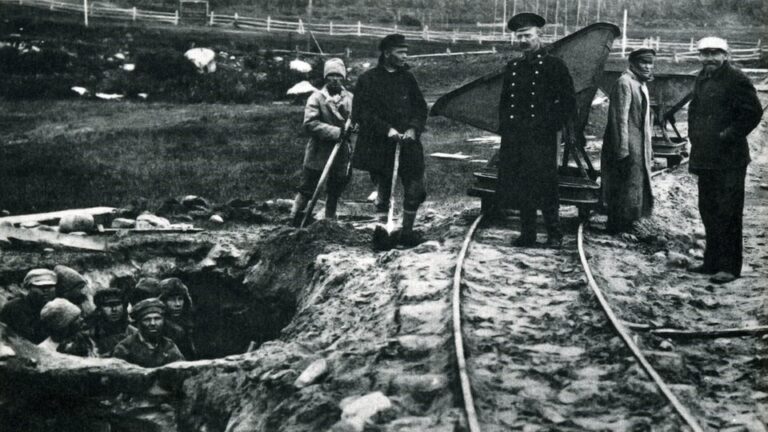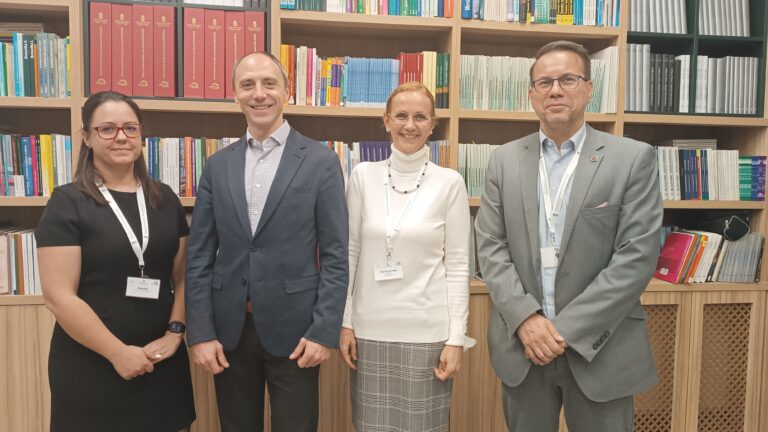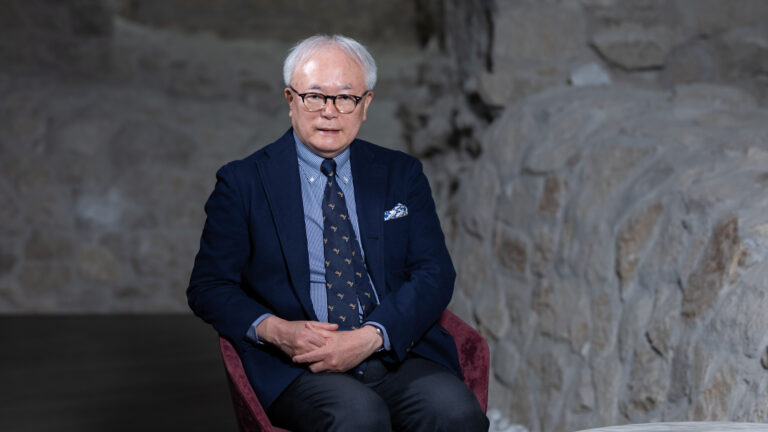This is an abridged version of the original interview, published online on Magyar Kurír on 17 November 2022.
When I traveled to New Brunswick, New Jersey, home to the largest Hungarian community on the East Coast of the U.S., I expected mostly positive news. I learned that while the Széchenyi Hungarian School is thriving, attendance at the St. Ladislaus Hungarian Church, which is no longer independent, has dwindled. The Hungarian American Athletic Club (HAAC), which celebrated its 110th anniversary in 2023, has seen a gradual decline in event participation, a trend that worsened dramatically after the pandemic. As a result, the organization is now facing increasing financial difficulties.
***
How long have you lived here?
We’ve lived in America for 52 years. We initially attended the now-closed Our Lady of Hungary Roman Catholic Church and were part of its community, as well as the Hungarian Club in Woodbridge, New Jersey. Our children had their First Communion and Confirmation there. Later, we started attending St. Ladislaus Hungarian Church in New Brunswick, New Jersey, and its events, as well as the Hungarian American Athletic Club (HAAC). We have been active members of the community for 30 years.
How did HAAC’s nearly 110-year history begin?
On 4 July 1913, 13 enthusiastic young men who loved sports played an unforgettable baseball game in front of a Hungarian and American crowd, achieving a 16–2 victory against what was then Middlesex County’s most famous team. This victory inspired the idea of founding a club that would support Hungarian youth not just in sports but also in social and cultural activities throughout the year, beyond just the summer season. On 23 October 1913, HAAC was officially established, with 4 July designated as its founding day in honor of their victory. The club’s first meeting place was the home of one of the founders, Mihály Gödry. When St. Ladislaus Hungarian R. C. Parish built its school and large dance hall in 1914, it ensured that the Hungarian youth had a place there, turning it into both a sports center and a social gathering space for club members. However, the most significant milestone in the club’s history was the construction of its own clubhouse, made possible by the dedicated Hungarian community of New Brunswick and its surrounding areas. The impressive building, inaugurated in 1959, became the central hub of the city’s Hungarian community—a source of pride for the region, a venue for cultural and social life, and the site of national celebrations.

But we are not in that building now…
Due to the expansion of the neighboring Robert Wood Johnson Hospital, we had to relocate again. Initially, we were offered a distant location, but we insisted on staying in the area because this is where the Hungarian community lived. After lengthy negotiations, an agreement was reached regarding the club’s future, and in 2006, this new clubhouse was built. One of our key missions remains uniting the Hungarian community. Our goal is to provide a venue for all Hungarian organizations to host their events. We are members of the Churches and Associations Committee, currently led by Father Imre Juhász. Together, we commemorate national holidays, organize Christmas parties, and host school year-end ceremonies and recitation competitions for the Hungarian school. The scouts also hold their Santa Claus celebration here.
The main hall is one of the most beautiful Hungarian American venues. But how can it all be maintained?
When the hospital began negotiations with us, I believe we made a small mistake. In hindsight, I think we shouldn’t have insisted on such a large space. But we wanted something as grand and beautiful as what we had before. Since we were young, we didn’t consider the possibility that we might not be able to sustain it in the future—that people would eventually leave or pass away. Membership fees and event revenue alone are not enough to cover expenses. We are forced to rent out the space to the Mexican community, as family celebrations—such as baptisms, quinceañeras (15th birthday celebrations), and weddings—are very important to them. Additionally, as per our agreement with the hospital, we are required to provide them space for training sessions and events each month or whenever they need it.
You were the club’s first female president. How unusual was that at the time?
I first became vice president in 2001 to better understand how the club operated, then became president in 2002. It wasn’t easy because only men had previously held leadership roles. At first, they didn’t take kindly to a woman joining their ranks—especially since I was significantly younger than them at 50 years old. At the time, I was working as the president’s executive assistant of a multi-billion-dollar cosmetic company in New York City, commuting at least three hours a day. Often, I’d go straight from work to the club because there was always something that needed to be done. During my presidency, younger generations began joining us. We were open on Tuesdays and Fridays, and the club was always buzzing with life—parties, dinners, performances featuring guests from Hungary, music, and dancing were regular occurrences. My daughter and her friend, Olivia, initiated and organized Valentine’s Day and Halloween discos, which became an annual tradition of the HAAC. At first, these events were held at home, attracting many young Hungarian people, but we parents quickly realized that these gatherings belonged in the club. So, the next event was organized at HAAC, and that’s how the tradition began in 2003. Our cooking competition also became a tradition. The club owns a ten-hectare property where we host picnics, festivals, and even outdoor movie screenings during the pandemic. These events have been very popular among young people and families with small children. In 2008, I took on the presidency again. The club’s life at that time was marked by numerous programs, high-quality performances, and a great atmosphere. We organized bus trips to places like New York City and Atlantic City, and our membership continued to grow. When the Hungarian Club in Rahway, New Jersey, closed, they donated a significant amount to us, and in return, we granted them lifetime membership in our club.
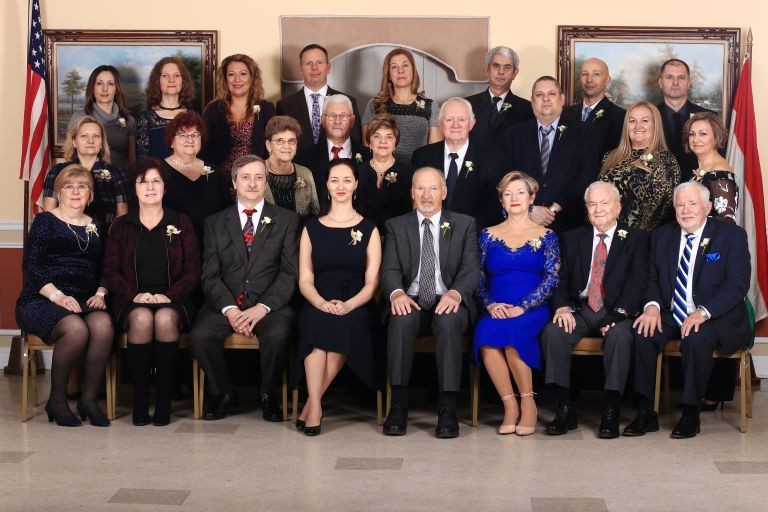
Approximately how many Hungarians live in the city and the surrounding area?
The 1956 emigration wave brought the last major population increase to the Hungarian community here. Many continued to come afterward, as I did—but many illegally, primarily for economic reasons. But when the Covid pandemic hit, most of them packed up and returned home. At our most recent holiday program, very few people attended, even though it was a truly beautiful performance. At the scouts’ latest holiday luncheon, one of the leaders told me that two of their tables were completely empty. Those who came to this year’s Halloween party had a great time, but attendance was only half of what it was in previous years. Many have moved away, we lost people due to the pandemic, and some are still afraid to go out. Others have become lonely and lost interest in the community.
What else do you think could be the reason for this?
My greatest joy is that more than 100 children attend the Széchenyi Hungarian School on Saturdays. My greatest disappointment is: where are their parents when help is needed? The school no longer has its own building, so classes are held in several rooms at the club. Parents drop off their children, then pick them up after school and folk dance classes. I’m grateful to the teachers who sacrifice their free time on weekends to teach these children the Hungarian language and culture. The children spend their day safely, in a welcoming environment, among friends. The club still exists, but for how much longer without support and help? If parents gave back even 10–15 per cent of the time that their children spend here, it would make a huge difference…
How could they help? In what ways?
In many ways. They could help decorate the venue before events, or prepare stuffed cabbage for the festival and other occasions. Baking walnut and poppy seed rolls before the holidays requires a lot of work. We are lucky to have Father Imre—with his kind help and that of a few elderly ladies from the church, we are still able to make them. But if we can’t do it anymore, the next generation must step in. Let them join us and learn from us, because cooking and baking in such large quantities is very different from doing it at home. And of course, they should support the club so that it can survive. Once, someone asked me: ‘Why should I come to the club? What does it give me?’ I replied: ‘What do you give to it? The club will give back to you what you put into it—but you must contribute and give as well…’ Here, you can speak Hungarian, sing, and be part of a community. In the past, we even organized physical education classes and pig slaughtering events, following Hungarian traditions, to make the best use of this large building and to spend time together. The men played cards, the young people played ping pong, and the women were always busy with something.
‘Here, you can speak Hungarian, sing, and be part of a community’
By doing all this, parents would also be building their own children’s future…
Yes, but even I can’t really talk…I have two daughters, and both are in mixed marriages. My younger daughter and her family live far away, so they can’t attend club events, even though they would if they could. My older daughter lives relatively close, but still doesn’t come. My older grandchildren understand Hungarian, but they only speak it a little—mostly when talking about Hungarian food; everyone has their favorite dish. This is very painful for me—I even became physically ill over it. But I realized that I must focus on what is best for them and their families…It depends on each person’s attitude and how much inner strength they have for this struggle. For 30 years, I had a huge fire burning in my heart, but slowly, it is turning to embers—and that hurts me deeply…We should keep fighting for the survival of the club. But how? What is the solution?

You have not been president since 2010, yet you still do significant work. Despite your disappointment, do you persist?
Yes, I’m a little disappointed because here we have this beautiful clubhouse, and without a community, it can’t be sustained. The clubhouse is just a building—like any other. We—the members and the Hungarian guests who come here—are the ones who make up the club. For our generation, this was very important. But younger generations see things differently. For example, during the Covid pandemic, the club was not open on weekdays, not even for members—but the Hungarian school was still allowed in on Saturdays…I believe that as long as even one person is at the bar, we should keep the club open…When the club was thriving, my daughter said: ‘Mom, you all did this for yourselves, because you had fun. And people didn’t want to miss out on the good atmosphere and friendships—that’s why they joined.’ And we really thought it would always be this way…Another important thing is that leaders must have a positive energy and charisma to attract the community…
It’s difficult to ask anything after this…What do you think about the future?
I don’t see a bright future for the club…And I don’t see strong cooperation between organizations either. Because of tax-deductible donations, large financial contributions have always gone to the Hungarian museum, which, during Professor Molnár’s time, was a real museum. He himself left behind a vast legacy for the collection. They have one major event per year—but it’s not held at the Hungarian club. Wouldn’t it be wonderful if the two organizations worked together? Scouting is a global organization, so there will always be someone to support it if it ever faces difficulties. But we have no one behind us. We must sustain ourselves, and that is becoming more difficult. I’m the treasurer of the American Hungarian Federation, founded in 1907, but even there, we struggle to attract younger generations. I truly regret that I can’t share more cheerful news. Of course, there are good things too, but overall, the Hungarian community is dwindling, and that makes everything harder. If I look at the club’s fate and future in 30 or even 100 years, what I see is stumbling and hopelessness. I wish I were mistaken…We are Hungarian—it’s even in our logo that we must plant the right seeds (mag) so that we may harvest successfully.
Read more Diaspora interviews:

